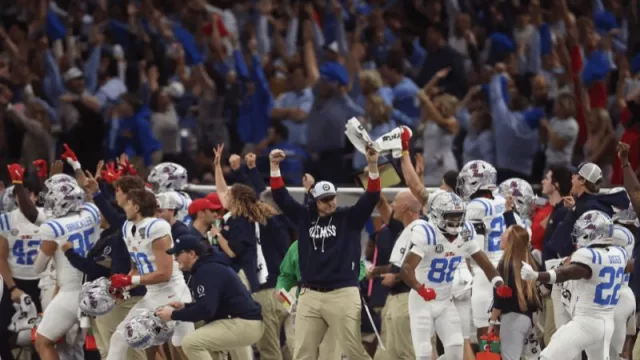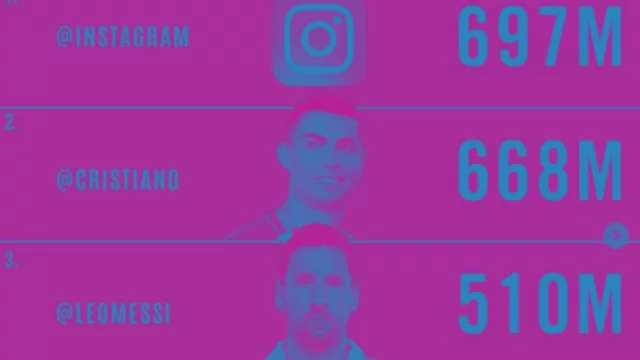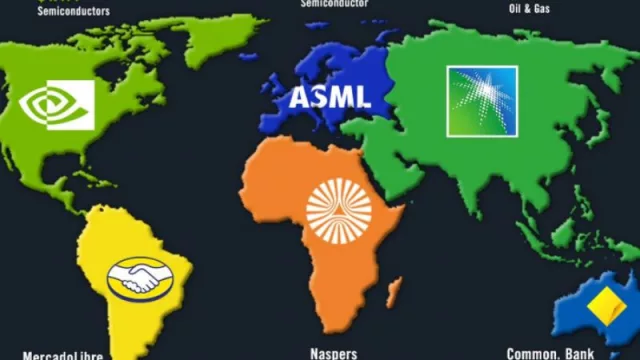The challenge of reviewing this nearly omnipresent and almost universally denied reality is that even many well-respected leaders or talents, with good previous results (economic, territorial, or historical), or new leaders with trendy tools or tech, exercise a dynamic of violence that not only leads to many denied mistakes but also causes many hidden losses, and above all, a brake on the development of opportunities, adaptations, improvements, and a vast and valuable scale of qualitative results.
Violence in the exercise of power is a critical problem in many organizations today, present in more than 67% of companies, societies, organizations, governments, and ventures, and it can have devastating effects on emotional health and employee performance, affecting the entire system.
It is clear that we must distinguish violence from assertiveness, and the paradox is that many very assertive leaders, culturally grounded in ethics, principles, and universal values such as respect, freedom, and equity, are the ones who suffer the most attacks and have the least defense. Paradoxically, the most violent (whether well- or poorly-mannered) receive the least criticism, which responds to the fear they instill, often masked in a culture of disobedience or the exercise of power.
-
The lack of breadth in the correct perception of violence skews the understanding, suggesting that only certain types of people suffer violence, such as gender-based violence (against women) or violence against minorities. The issue is much broader and does not have gender, age, race, or condition. However, in certain market spheres, it remains silent. There is often violence against suppliers, external collaborators, managers, and employees (without any discrimination), but there is also violence against bosses, new talents, creative ideas, and experiences. Violence is a dated, omnipresent, and universally denied characteristic that persists and whose evidence and need for transformation multiply.
Some of the more difficult-to-detect distortions of violence are misrepresentations (rational, methodological, cultural, scientific, political dogmas) and victimization, which is a disguised form of violence.
The Nature of Power and Violence Today
Power within an organization can be seen as the ability to influence others or decisions. However, when power is exercised through violence, whether verbal or emotional, it becomes a destructive tool. Verbal violence (including cultural) can include the use of derogatory language, destructive criticism, or the imposition of ideologies through fear. This type of behavior not only affects team morale but can also have serious consequences for employees' mental health.
Violence is a consequence of a lack of calm and is triggered by an inability to accept reality and a lack of control, leading to a survival instinct that involves eliminating perceived threats. The issue is that this mechanism is, in more than 90% of situations today, inappropriate for decision-making in modern life. All it does is distort all kinds of indicators of reality, stemming from an incompetence in reading and accepting realities beyond what we believe are safe zones.
Neuroscience and Leadership Behaviors
Neuroscience has shown that our emotions and behaviors are deeply interconnected. Leaders who use fear tactics or verbal violence are, in fact, activating emotional responses in their teams that can lead to distrust, anxiety, and even depression. On the other hand, leaders who choose a more empathetic and collaborative approach foster an environment of trust and respect, which is fundamental for performance and innovation.
Common Types of Violence in Power
-
Verbal Violence: Includes insults, shouting, or humiliation. This type of violence is often used to intimidate and control.
-
Rational Violence: Manifested through logical manipulation or coercion. Rational leaders often use logical arguments to dismiss divergent opinions, creating a hostile environment for creativity and diverse thinking.
-
Intergenerational Violence (one of the strongest today and the least accepted and recognized) (ageism): Interaction between generations can lead to conflicts, where younger individuals challenge older ones, often to prove their worth. Gender violence is similar.
-
Situational or Positional Violence (also one of the most common today): Guilds, minorities, majorities, sectors (e.g., finance, logistics, administration, controllers, board members, shareholders, shareholder groups). If their actions do not have a dynamic understanding of the entire system, active listening, and emotional intelligence capable of integrating perspectives, in this era of constant change and leaving comfort zones, they will always exercise their power with a violent attitude, seeking confirmation bias and maintaining positions, which is very different from co-creating and agreeing, as opposed to deliberating.
-
Victimization, Manipulation, or Distortion Violence (perhaps the most present in society): This involves using any means or simulation to impose oneself over others in an intellectual or emotional violence, applying guilt, victimization, distorting reality (victimization), and changing meaning, altering not only facts and evidence but also thoughts, emotions, and ideals. This is currently prevalent in ideologically driven media, politics, and also impacts interpersonal relationships in companies, becoming “the cloud” that needs to be distinguished and cleared in nearly all communication dynamics.
Identifying Violent Leadership
Detecting violent leadership requires careful observation of team dynamics. Some indicators include:
-
One-Way Communication: If a leader rarely listens to their team's opinions or only allows expression when it aligns with their vision. This can even simulate a protocol of listening, with no openness to re-evaluate. Phrases like “Here, they say you can’t talk, we won’t listen, and if we do…” are common in environments lacking real listening.
-
Tense Environment: Palpable anxiety in the team can be a sign of coercive leadership.
-
High Employee Turnover or Inaccessibility in Decision-Making: Frequent employee departures can indicate a toxic work environment. Another point is the lack of diversity or listening in decision-making.
The Importance of Changing Leadership Style
Violence in leadership is not only destructive but also unsustainable. A toxic work environment can lead to:
-
Decreased Productivity: Lack of motivation and high turnover negatively affect performance.
-
Limited Innovation: Teams that fear their leaders are less likely to share innovative ideas.
-
Mental Health Issues: Chronic stress and anxiety impact employees' overall health. Fundamentally, organizations, societies, states, and companies where leadership is violent, controlling, rigid, and dogmatic lack fulfillment. Opportunities are not seized, excellence is not achieved, and spontaneous happiness is absent (there is induced conformity). Thus, even if a company is profitable and growing, the atmosphere—the “vibe”—will be dense. The multitude of unexamined, unconscious, unheard, and always denied issues will weigh heavily.
Fundamentally, organizations, societies, states, and companies where leadership is violent, controlling, rigid, and dogmatic lack fulfillment. Opportunities are missed, excellence is absent, and spontaneous happiness is non-existent (there's induced conformity).
As a result, even if a company is profitable and growing, the atmosphere—what people refer to as the “vibe”—will be heavy.
The countless burdens and issues that go "unassessed, unacknowledged, unheard, and continuously denied" are overwhelming in the day-to-day of such organizations.
This is what makes one feel whether they are in a company, a business, a store, or a country where progress, diversity, and "abundance" are multidirectional, or where poverty, limitations, and incompetence prevail below standard.
In the next note, in this same edition, the other 5 essential tips:
IG: @infonegociosmiami
Registrate sin cargo, ahora, aquí.












Tu opinión enriquece este artículo: